Seiko Prospex ‘Captain Willard’ Reissues SPB151 and SPB153
It's like something from an old movie... and it's good!
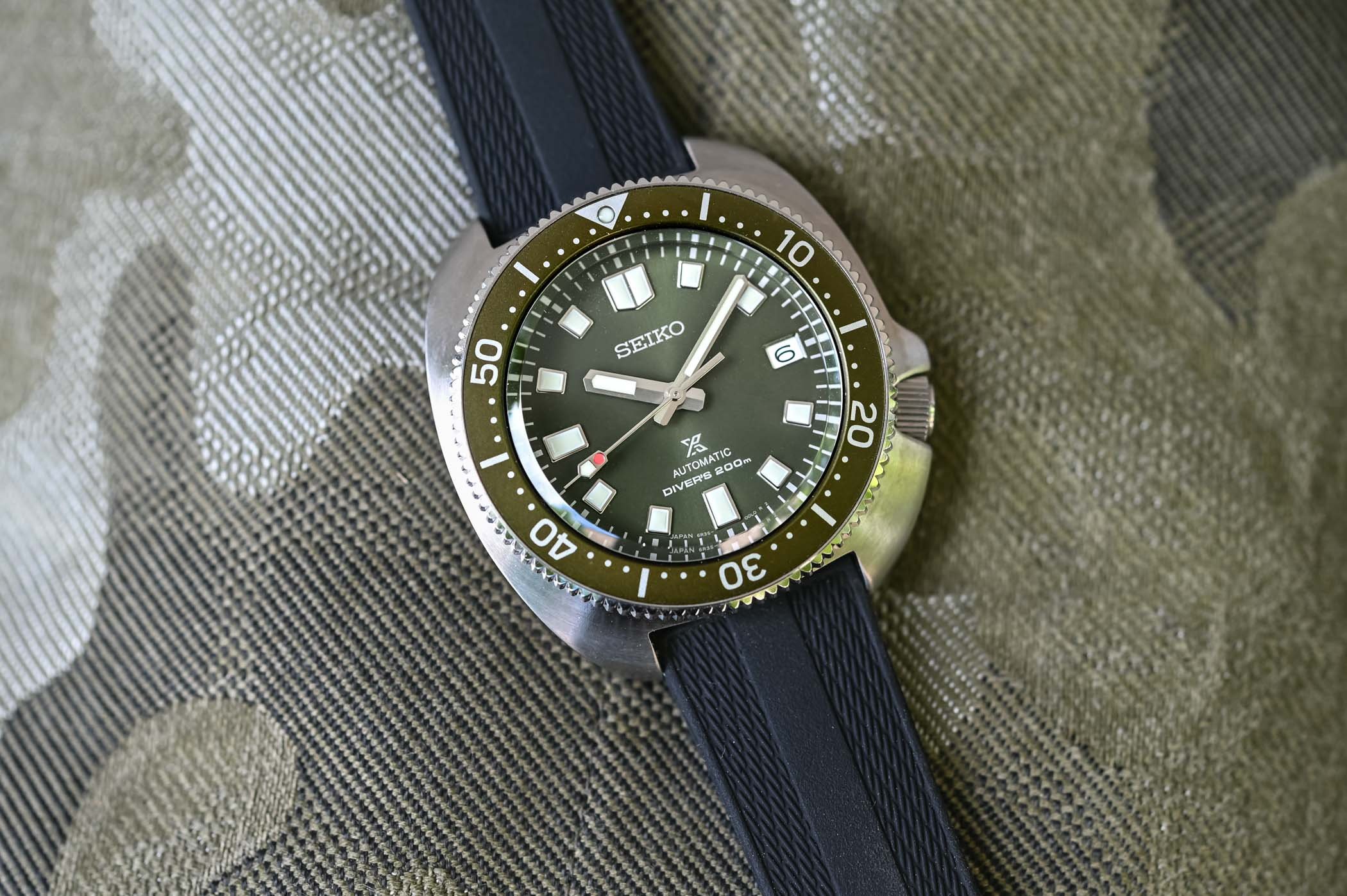
There is more than one icon at Seiko… Far more. Not surprisingly, most of them are part of the Prospex collection and relate to the world of divers. Think 62Mas, Hi-Beat 300m and Tuna Professional (all of them recently re-created). And there’s the ‘Turtle’, the watch known under the reference 6105, a watch that has defined Seiko’s modern and accessible dive watch… and the watch that was worn in legendary 1979 movie Apocalypse Now. And today, the ‘Captain Willard’ could be yours, with the new SPB151 and SPB153.
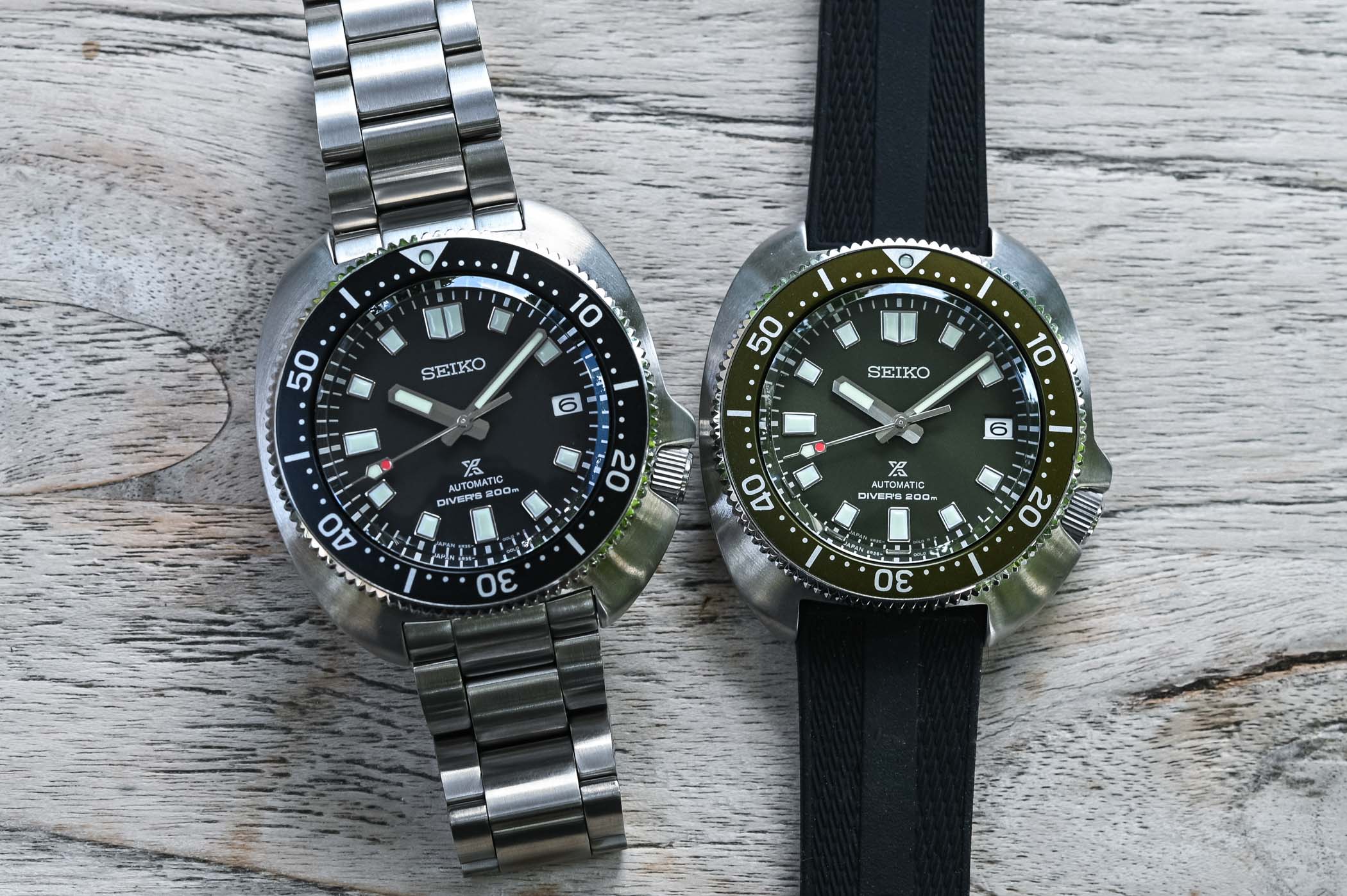
It isn’t the first time we see a re-edition of the 1970s Seiko ‘Turtle’ 6105. In fact, it is widely available in a modern interpretation with the Prospex Automatic Diver SRP series. Much more accurate was the watch launched at Baselworld 2019, the Seiko 1970 Diver’s Re-Creation SLA033. Superbly executed, manufactured almost to Grand Seiko standards – case with Zaratsu polishing, hands and indexes à la GS, top-tier 8L35 movement – and priced accordingly. In short, an exclusive collector’s piece. This year though, Seiko goes back to more familiar territories with a relatively accessible but truly cool re-edition of the 6105, just like Sheen in Apocalypse Now (while Brando was wearing his bezel-less GMT). But there’s more to the 1970s Turtle than its appearance on the silver screen.
TESTED IN REAL LIFE
Produced from 1968 onwards, the Seiko 6105 was a sturdy dive watch with a water-resistance of 150 metres. What caught everybody’s eye was the crown positioned at 4 o’clock (which was, in fact, used for the first time in the 1961 Seiko Silver Wave) and the big, lower crown protector. And this made the watch a true instrument for the wrist.
Naomi Uemura was a very popular Japanese adventurer, well respected for having achieved solo feats that up to that moment had only been accomplished by large teams. For instance, he undertook a one-man dog-sledge run from Greenland to Alaska, a journey of 12,000 km that took 18 months. He was the first to reach the North Pole alone. He was also the first to descend the Amazon river in a boat, and the first to ascend the North American Denali Mountain in winter – the third most prominent and solitary peak of the world. It was there where he disappeared when he was only 43 years old.
“In all the splendour of solitude, it is a test of myself, and one thing I loathe is to have to test myself in front of other people,” said Uemura. That was the reason why he undertook everything alone, a reason that unfortunately also deprived him of the help he needed at his most desperate moment. The reason I have been talking about Naomi Uemura’s exploits is that he was wearing a 6105. Not as part of a marketing campaign orchestrated by Seiko. It was just a watch that was robust, reliable and durable enough to accompany Uemura on his travels.
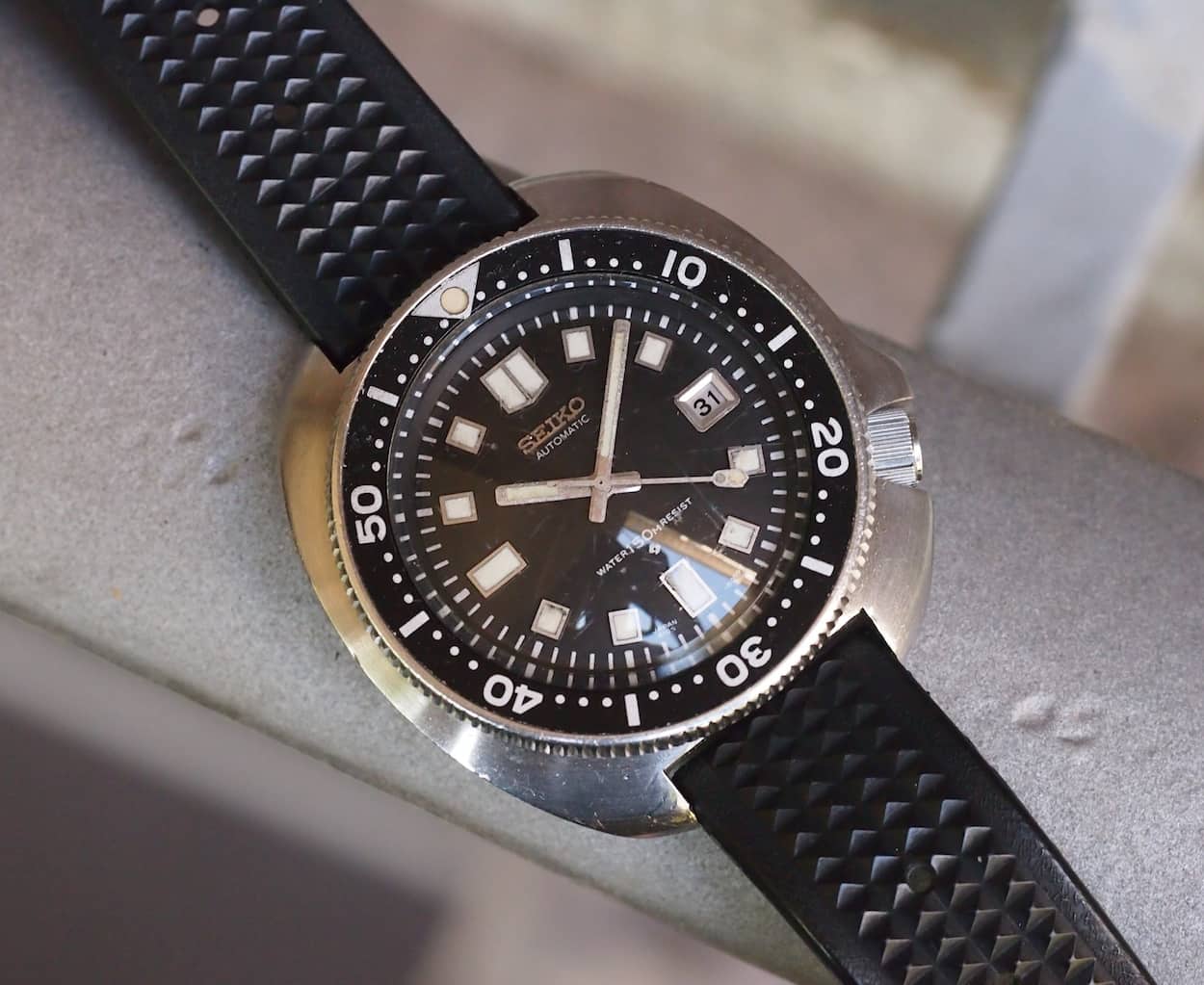
CAPTAIN WILLARD
Despite Uemura’s heroic deeds, and even having a museum in Tokyo dedicated to him, the fame of the 6105 comes from fiction: it was the watch Captain Willard wore in the masterpiece Apocalypse Now. Not just a fancy prop, the watch actually portrayed a real wartime situation; the 6105 was sold in Asia during the Vietnam conflict and American soldiers had better – and cheaper – access to it than locals because they paid in dollars.


The watch earned a solid reputation among the ranks for being a sturdy piece of equipment, to the point of becoming a favourite among the soldiers. When the soldiers returned to civilian life, so did the watch. Appearing throughout the movie on Captain Willard’s (Martin Sheen) wrist, the watch became an icon. The irony is that 6105 had gone out of production in 1977, two years before the movie hit cinemas around the world. The cry for a re-edition increased notably with the re-release of the movie in 2001 (known as Apocalypse Now Redux). And Seiko has taken its own sweet time to please its fans, first with the SLA033 and today with the SPB151 and SPB153.
The modern Prospex ‘Captain Willard’
While the SLA033 was a truly faithful re-edition of the original Turtle watch but not really attainable by most of the enthusiasts, the new Seiko Prospex ‘Captain Willard’ (not their official name but the obvious nickname given by the collecting community) are not only equally legit but also far more friendly when it comes to price and specs. And still, these are watches that are meant for more experienced collectors and not for a broad audience. Very wise move from Seiko.
So what do we have here? Basically, the modern version of the original 6105, with not only an identical design but also the same spirit of reliability, robustness and (relative) affordability. Remember that the 1970s Turtle watches were far from being luxury items. They were accessible watches made for action and proved that in the field. And as much as I enjoy the beauty of the SLA033, the new SPB151 and SPB153 are far more accurate when it comes to reviving the original concept of the 6105.
Case-wise, the Seiko Prospex ‘Captain Willard’ is built around a cushion-shaped central container with the crown positioned at 4 o’clock and protected by an asymmetrical guard – the shape of the watch earned its ‘turtle’ nickname. Circular-brushed on the upper surface and polished on the sides, the case is executed in the traditional Prospex way, clean and robust. Good news concerning the dimensions, as these two models are rather compact on the wrist, at 42.8mm in diameter when an SRP-series Turtle is about 45mm.
Being a proper dive watches, the Captain Willard SPB151 and SPB153 are topped by a unidirectional bezel in steel, with 120 firm clicks and a 60-minute scale. The insert is executed in anodized aluminium, and not in ceramic as seen in the recently launched King Turtle. A great choice considering the vintage inspiration of these watches, aluminium being more faithful and less modern-looking.
Two versions of the watch are available. First is the SPB151, which is worn on a steel bracelet. This is the classic execution and the closest to the original model, with its matte black dial and bezel. Second is the SPB153, which is worn on a black silicone strap. This version is equipped with an olive green sunburst dial and green bezel. While not historically accurate, this military attire perfectly suits this re-edition of the 6105 and is very (really) good looking in the metal, with nice reflections and a colour that changes depending on the ambient light.
Other than that, the Seiko Prospex ‘Captain Willard’ remain true to the 6105 with applied indexes and hands, as well as the scale on the bezel. All are modelled after this 1970s watch and filled with the ultra-luminous proprietary LumiBrite material. Also noticeable is the sapphire crystal on top, which features a large bevel on its periphery. Once again this is faithful to the mineral crystal found on the original version.
Under the screwed caseback, guaranteeing a 200m water-resistance together with the screw-down crown, is a well-known automatic movement. The calibre 6R35 is Seiko’s mid-range movement, found in both Presage and Prospex models. It beats at 3Hz and offers a comfortable power reserve of 70 hours when fully wound.
As said, the Black SPB151 is equipped with a 3-link stainless steel bracelet, closed by a folding clasp with diving extension. The Olive Green SPB153 comes on a newly designed silicone strap, with a nice pattern and soft texture. It is closed by a steel pin buckle.
Thoughts
I usually try not to be overly enthusiastic when reviewing a watch, or at least I try to remain objective… Sadly, here it isn’t the case. As hard as I try, I can’t find anything I don’t like about the new Seiko Prospex ‘Captain Willard’. They are faithful to the original, robust, superbly executed for the price and really handsome – especially that Olive Green SPB153 version. I mean, it ticks all the boxes: design, cool factor, price, history, relatively compact size… A couple of years ago, only unofficial mods would have looked that good. But here, it will be widely available and produced by one of the largest brands on the market. Respect!
Price and availability
The Seiko Prospex ‘Captain Willard’ SPB151 and SPB153 will be available soon (later in June 2020) and priced at USD 1,300/EUR 1,350 for the SPB151 and USD 1,100/EUR 1,150 for the SPB153. More details at seikowatches.com.


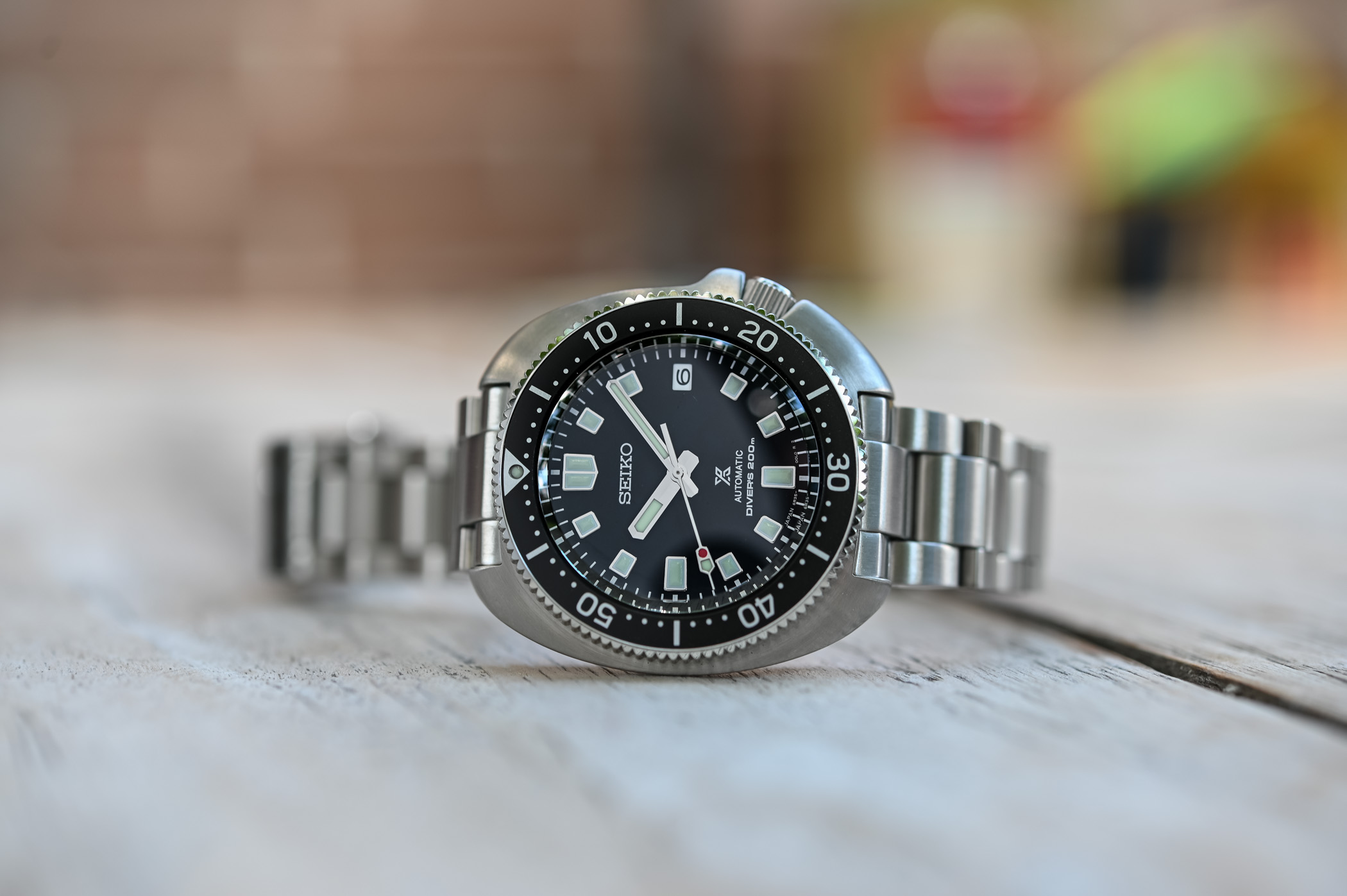
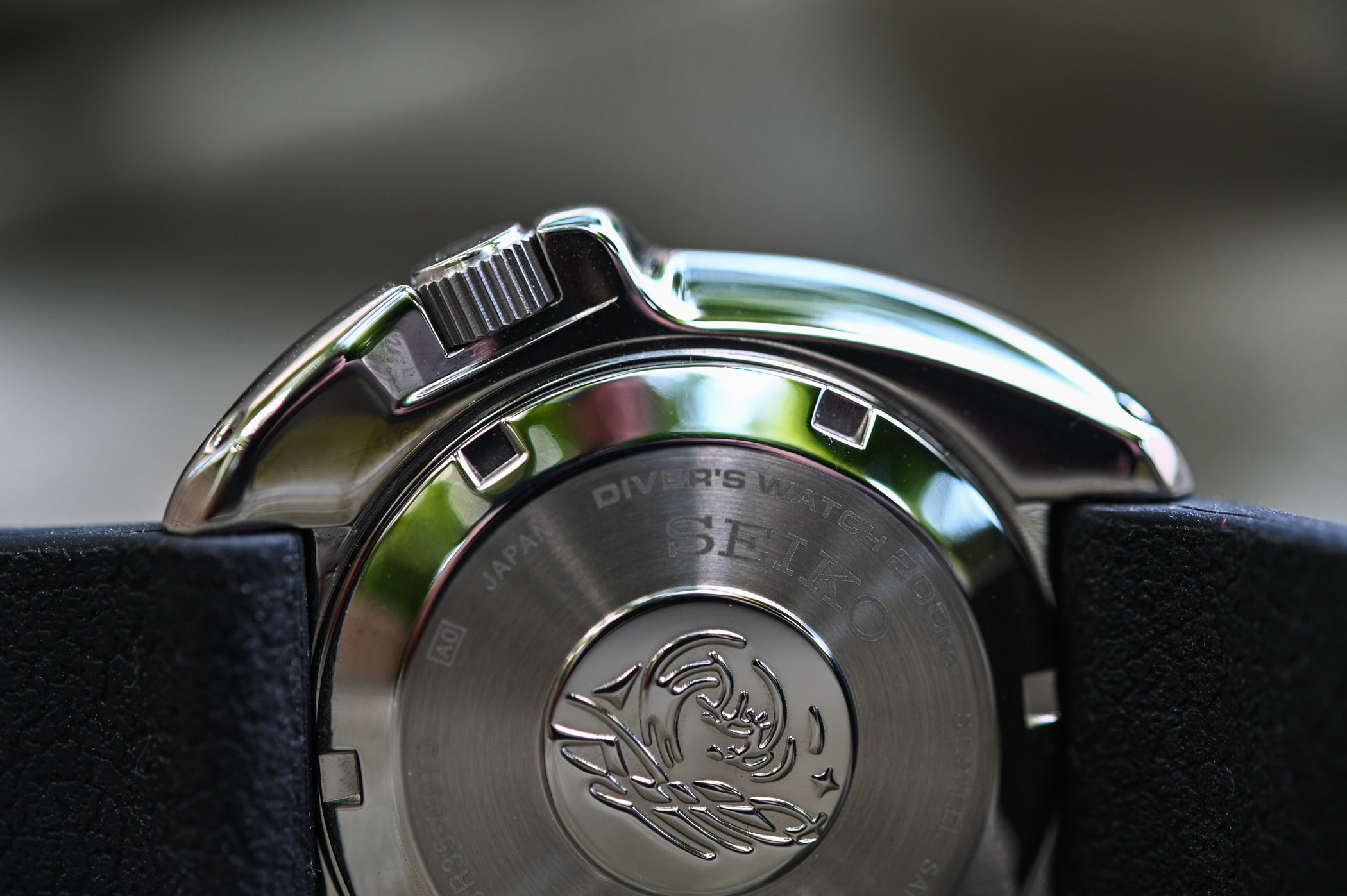

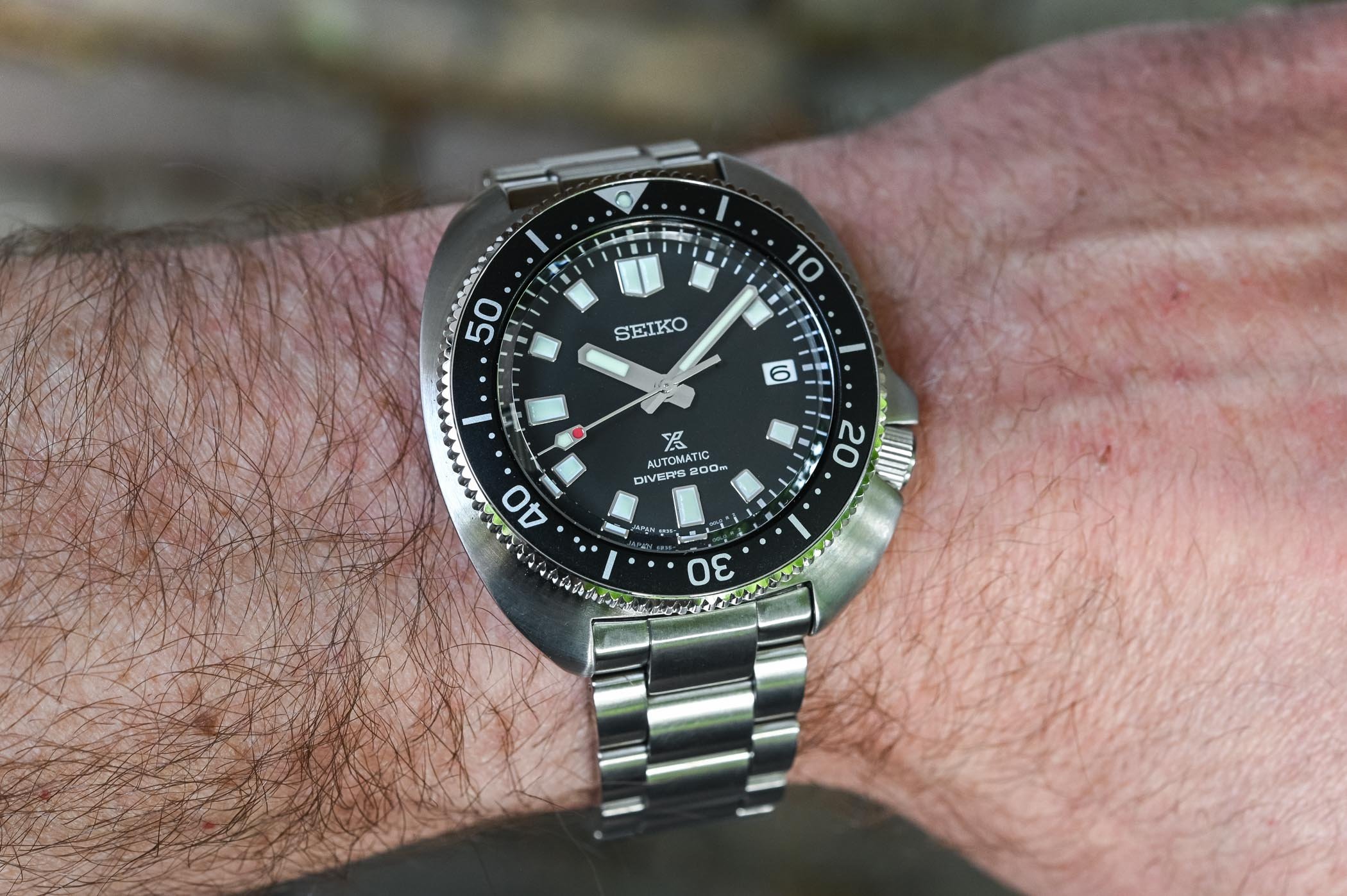
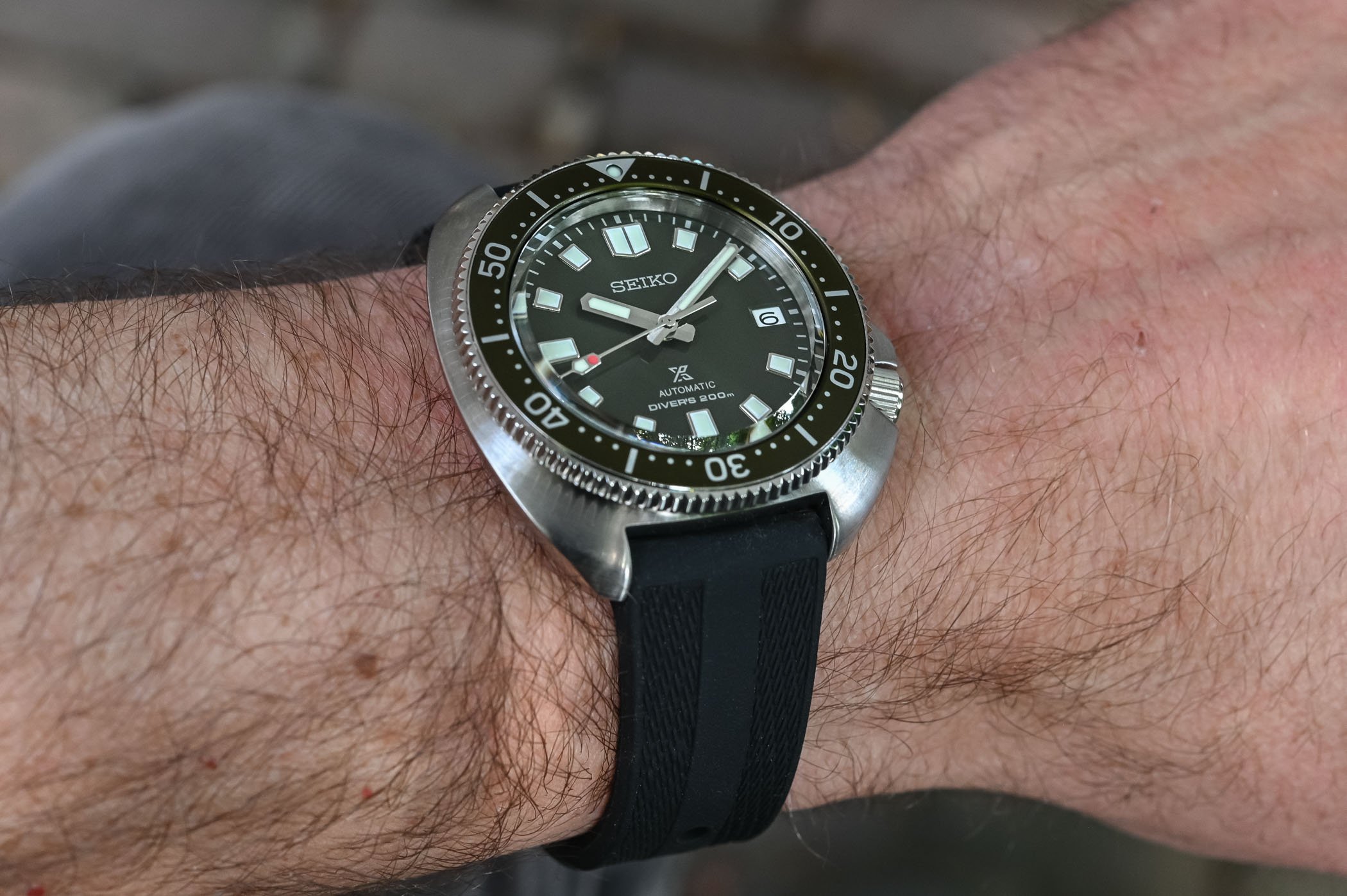
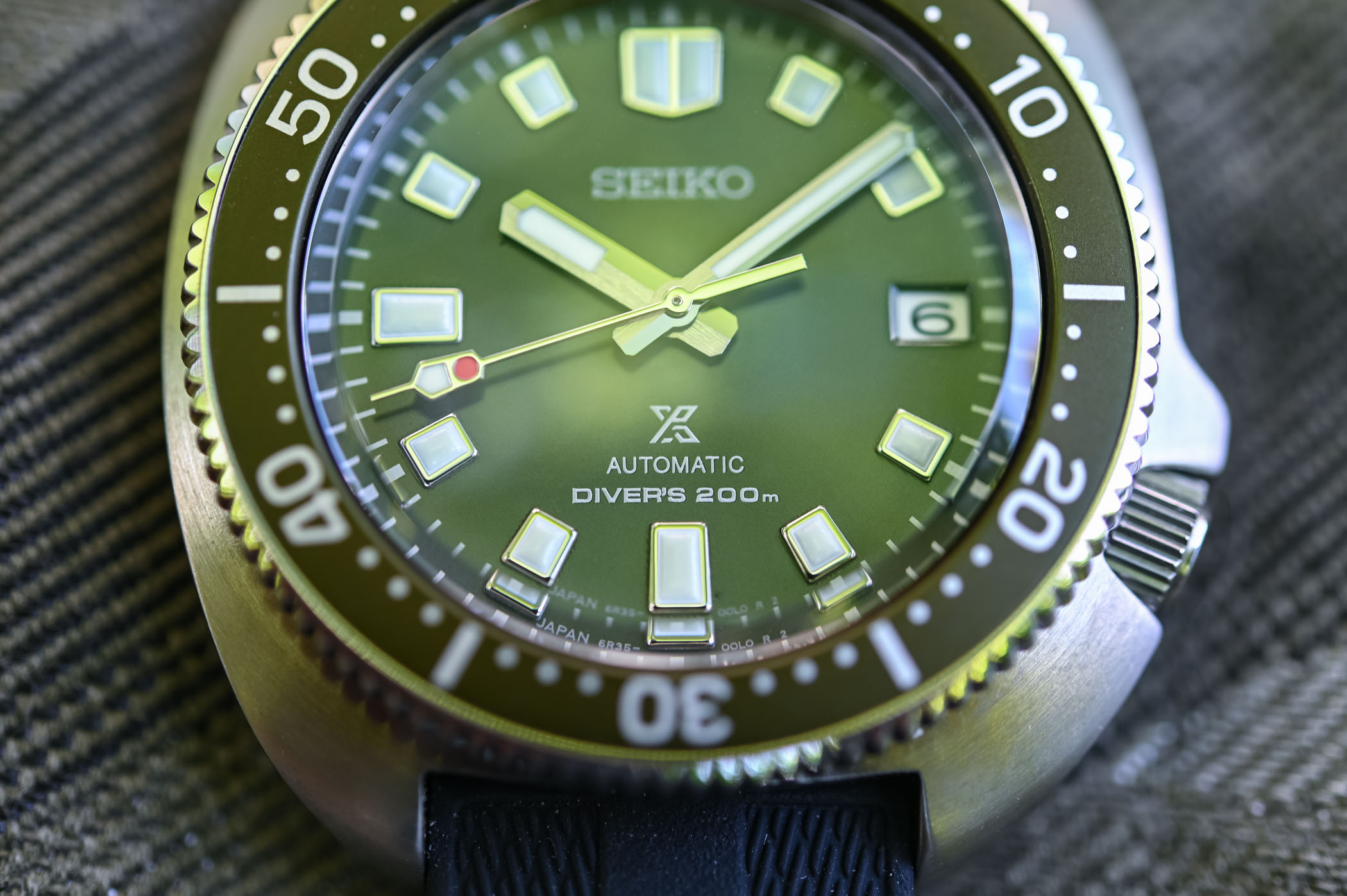
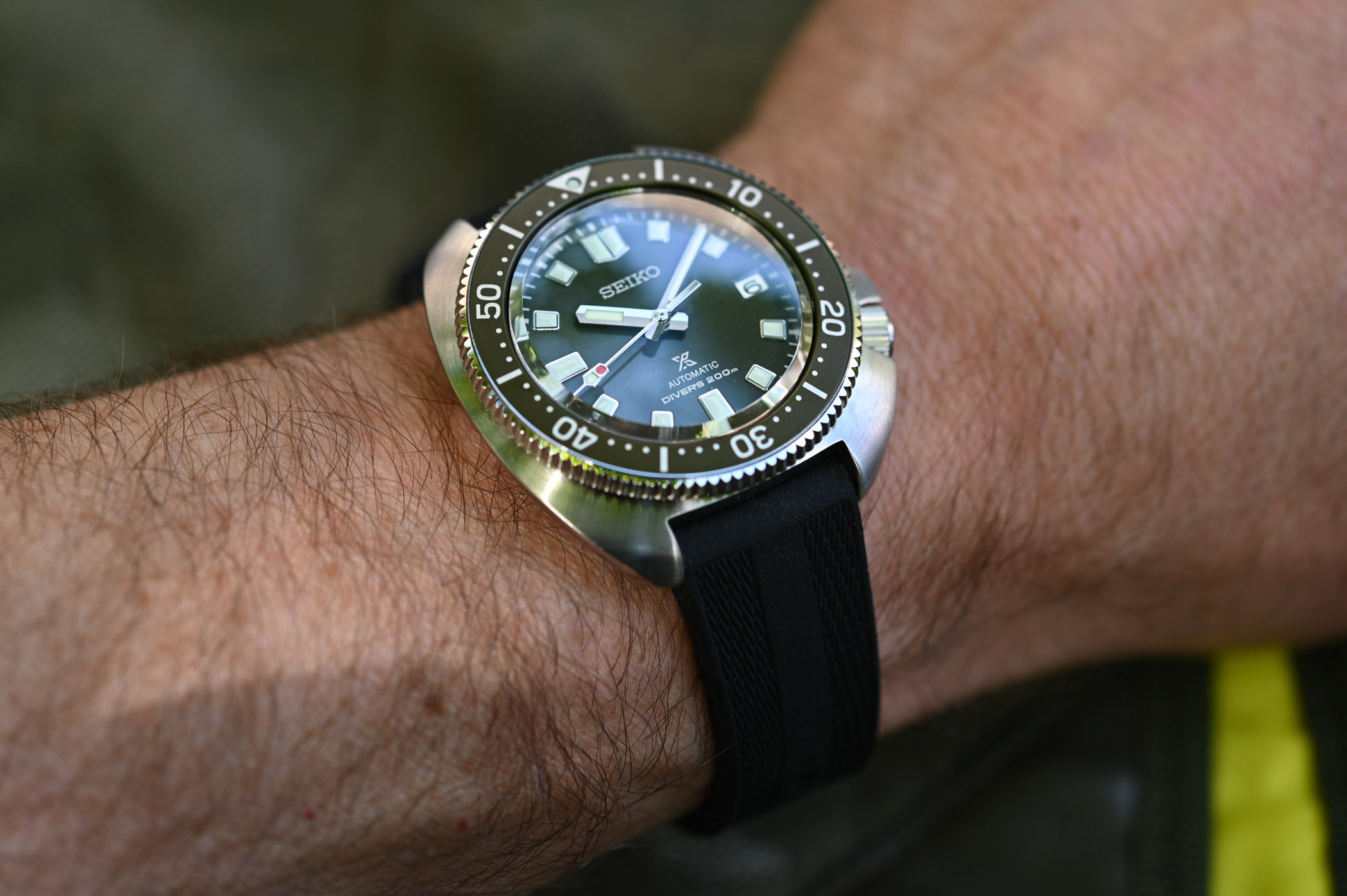
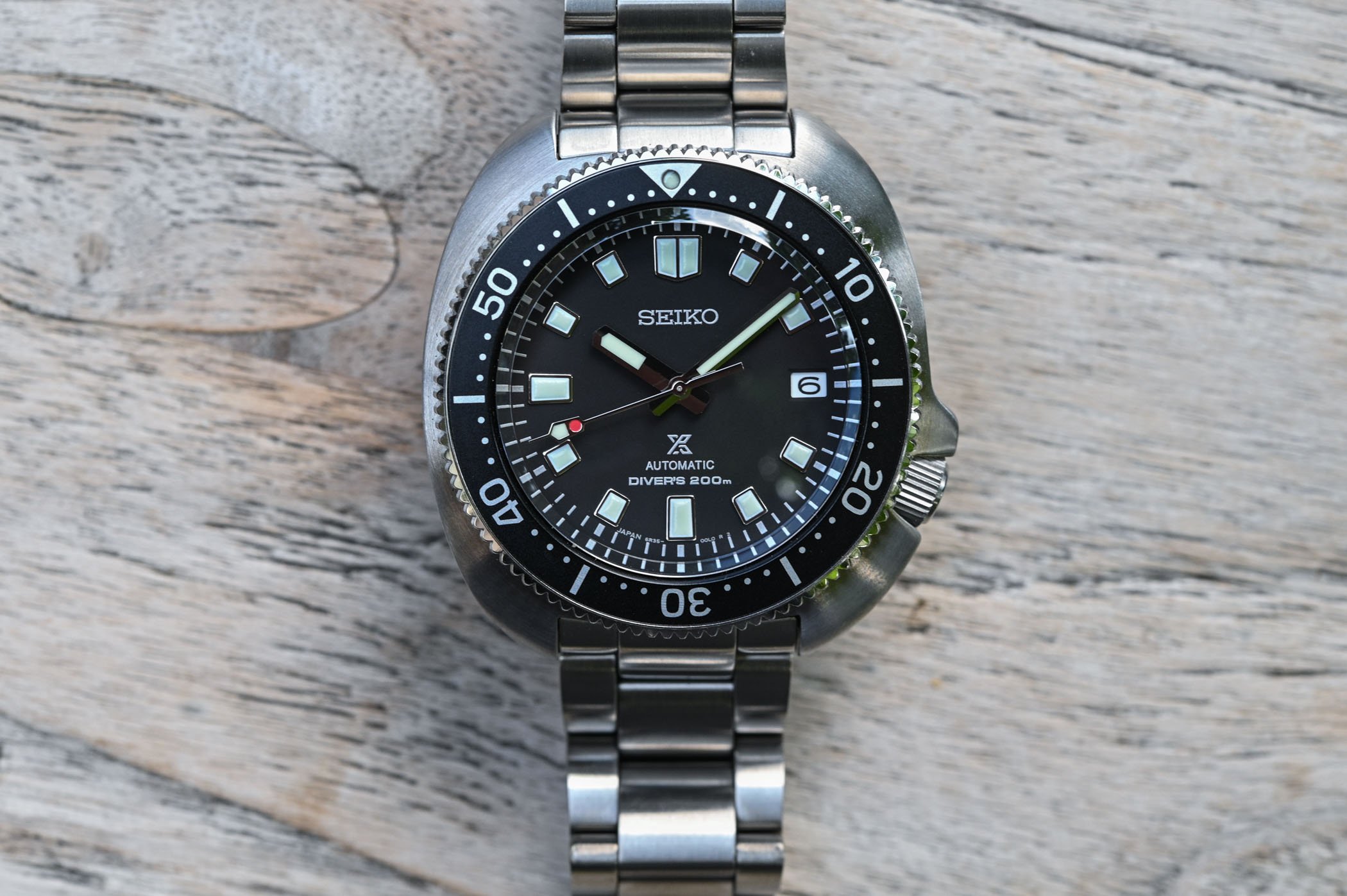
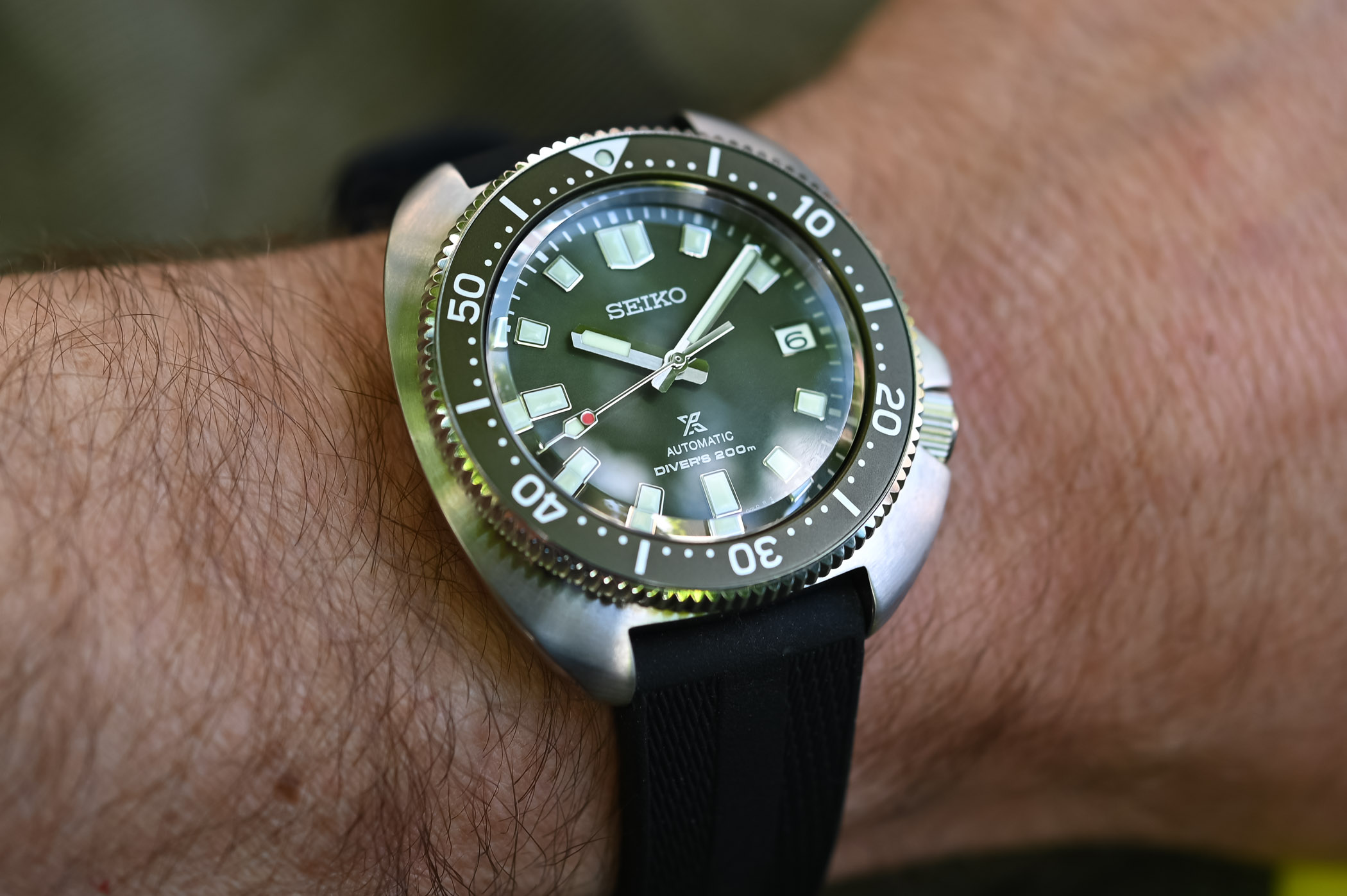



16 responses
Very nice and interesting review. I still would have liked to hear your comments about the adjustment of the case and the bezel. How much difference in quality and execution is found into this Willard” as opposed to the previous limited SLA033 would also be interested. It could indeed be either a bit expensive for a regular prospex or on the contrary real bang for the buck if quality really matches some kind of intermediate level between normal prospex line and more ambitious limited series. That being said and though greatly attractive, I cannot unsee this ugly prospex logo Seiko keeps spoiling a nice dial with. Really stupid and uncessary like having 3 lines of text when one at the Original model is all one needs… Those guys never understand that less is more…
Man, these look very tasty.
Wasn’t the ‘Turtle’ the 6309?
And the SRPs a modern interpretation of it, rather than the ‘Willard’?
I agree with Stamos andsand a bit of watch snobbery in the complete lack of mentioning the legendary Seiki 6309 turtle, the most popular one before all these upscale modern homages appeared.
Good article, except I’m with Stamos above… why the pointed non-mentioning of the legendary Seiko 6309? Granted, the 6105 Willard had the turtle case earlier, but the 6309 had a much longer run from 1976-1988 and is known as “THE” Turtle in Seiko collecting circles. Mentioning the later, pricier homages with zero on the well-known (and for many years, more accessible) 6309 smacks a little of watch snobbery.
Correct, The name “turtle” was first applied to the 6309-7040 and related (6306, other sub-variants) watches. The different case shape and angled bezel edge make that clearer. As far as I can tell, 6105 fans kind of expropriated the term out of sheer jealousy. 😉
Those bezels, rehauts and dials look terribly misaligned to me on both new models…
Thickness?
Except that these models no longer have rehauts…
Why are the lugs so shitty? Where they fit the bracelet end links looks like a mess, why can’t anyone get that right?
@Denis D: You’re right of course. Nevertheless it looks strange to me on those photos. Maybe just some kind of optical distraction. Will take a look at a real watch when it’s available at a store. Think I’m going to buy one anyway… 😏
@DSmiyh: Hardly the fault of the lugs, the original was never designed to be worn with a bracelet. But I have to agree about the mess they made of it, Seiko really could have scored a bullseye with an endlink that fitted seamlessly with the case. Typical of Seiko to make bracelets appear as afterthoughts. As for me I’d take it with the rubber strap any day but an aftermarket one as Seiko straps leave much to be desired too!
thickness, caleb, i saw in a fratello article as 15mm. that really turned me off. 50 years later and seiko can’t even reproduce a 13mm thickness, a thickness i find with skx’s and 6309’s and, frankly, a thickness which is pretty thick, not thin at all. i thought i was all in, but i’m out.
do they have lug holes for easy change of straps?
Yes they have lug holes
I don’t like that the date window around the re-release wasn’t done the same way as the original 6105. The silver surround just makes a huge difference to me. They did it with the hour indices. Just seems incomplete. Big miss in my opinion. Slight changes are okay, but this difference is significant. Not a good re-release. Won’t ever be in my collection.